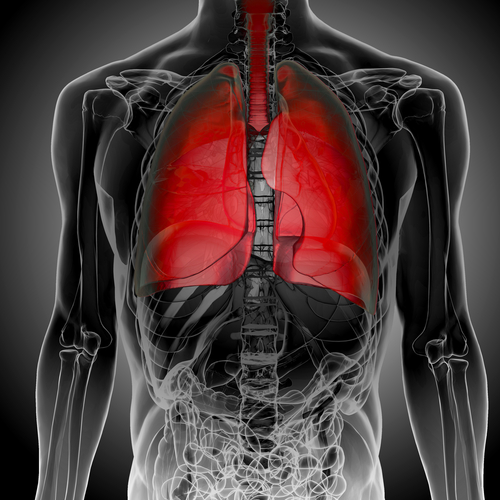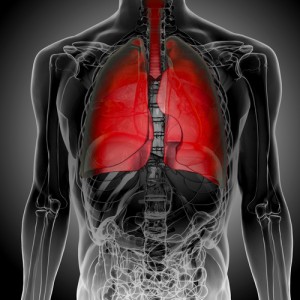Study of Extracellular Matrix (ECM) Leads To New Insights Into Idiopathic Pulmonary Fibrosis

 A new study entitled “Lung fibrotic tenascin-C up regulation is associated with other extracellular matrix proteins and induced by TGFβ1” and published in BMC Pulmonary Medicine journal suggests that the Tenascin C protein is a glycoprotein that may be relevant for fibroblastic foci activity and fibrosis progression in idiopathic pulmonary fibrosis.
A new study entitled “Lung fibrotic tenascin-C up regulation is associated with other extracellular matrix proteins and induced by TGFβ1” and published in BMC Pulmonary Medicine journal suggests that the Tenascin C protein is a glycoprotein that may be relevant for fibroblastic foci activity and fibrosis progression in idiopathic pulmonary fibrosis.
Idiopathic pulmonary fibrosis (IPF) is a chronic lung disease characterized by scarring of lung tissue that leads to shortness of breath and ultimately death. Histological focal areas of fibroblast-myofibroblast aggregates termed fibroblastic foci are associated with poor prognosis and usually display an accumulation of extracellular matrix (ECM) components, such as collagen, I, collagen III and structural glycoproteins and proteoglycans. Since ECM is not only a mechanical support but also works in lung tissue remodeling, in this study, the authors analyzed ECM protein composition in IPF patients.
Gene and protein profile of expression was analyzed in ECM from lungs of different lung disorders, including idiopathic pulmonary fibrosis (IPF) and hypersensitivity pneumonitis (HP) categorized as chronic (cHP) and subacute (saHP), as well as normal healthy lung tissue as controls.
[adrotate group=”3″]
The authors found that the ECM of IPF patients exhibits a defined ECM glycoprotein pattern similar to other lung fibrotic disorders, but quite distinct from normal patients. A specific glycoprotein, Tenascin C (TNC), was significantly up regulated in IPF lung tissues, while it remains almost undetectable in lungs from healthy controls. Specifically, TNC was found to accumulate in the fibroblastic foci areas of the fibrotic lung, and usually was associated with other glycoproteins, Versican and fibronectin. TGF-β1 was found to induce TNC in both fibrotic and normal lung fibroblasts, however, the latter exhibits significantly higher levels of TNC when compared to controls.
The authors suggest that in light of their results, IPF lungs exhibit a defined ECM glycoprotein content that is distinct from those in inflammatory interstitial (saHP) healthy patients but similar to other lungs fibrotic disorders such as cHP. Moreover, they suggest that progression of lung fibrosis is a result of different ECM glycoprotein content. Therefore, a comprehensive study of gene and protein expression in fibrotic lungs could identify specific markers of lung fibrotic process.







